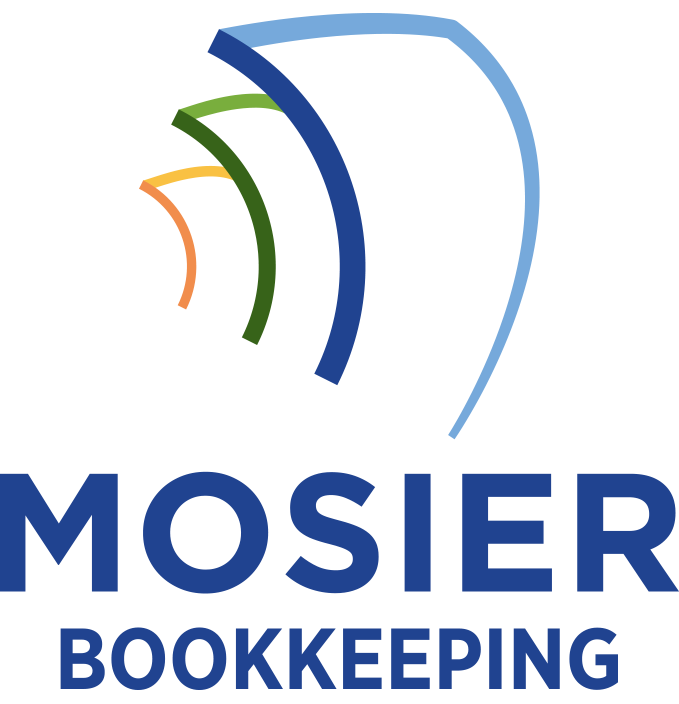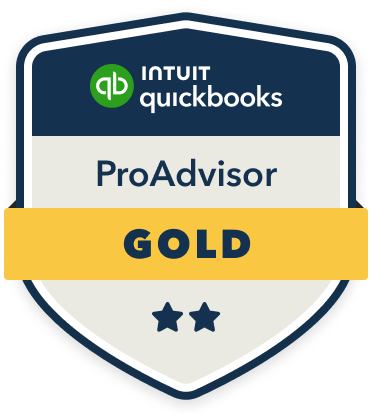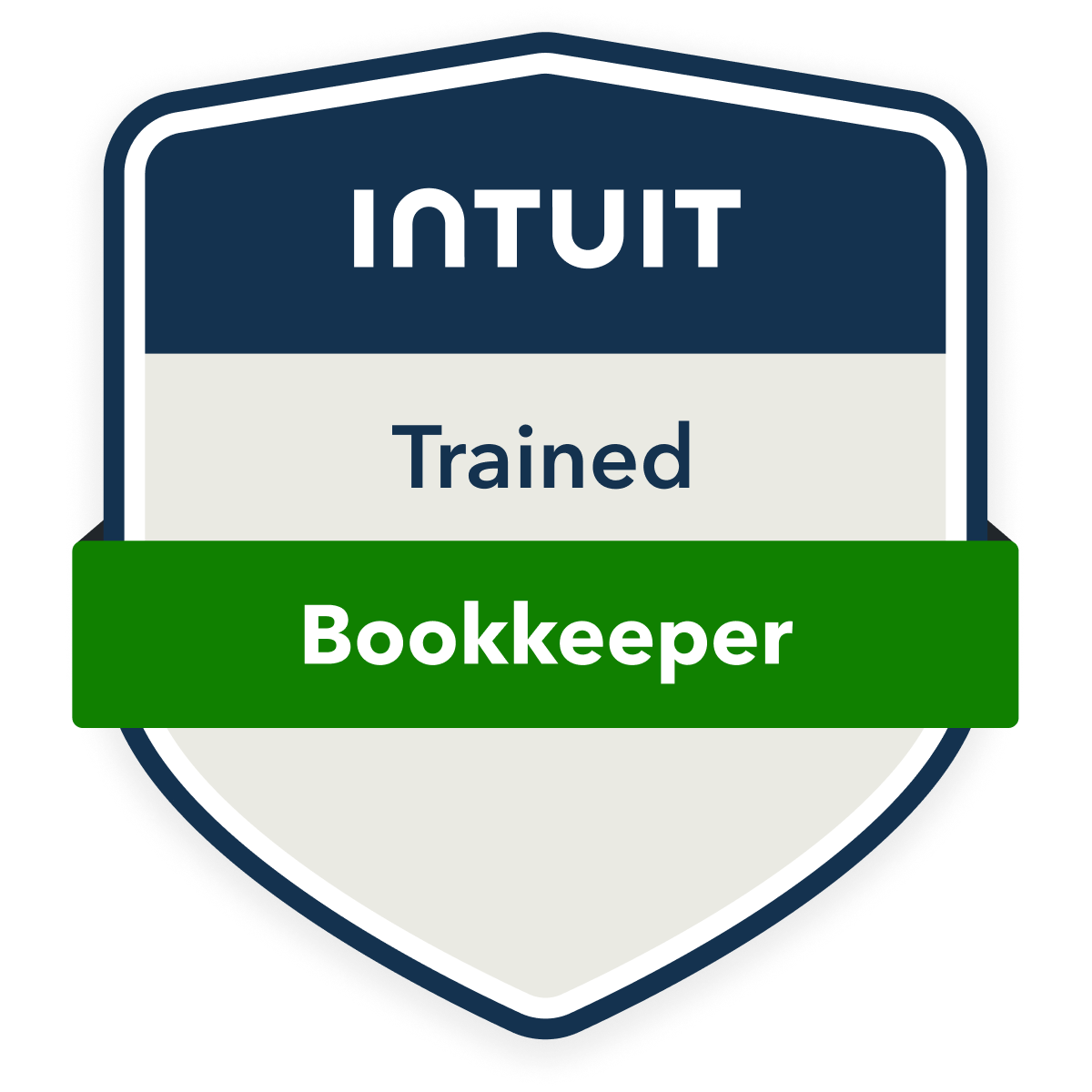I recommend implementing separate cost centers with distinct general ledger accounts for each community program while tracking multiple funding sources through allocation matrices. You’ll need to establish unique coding systems, maintain detailed expense documentation, and create transparent reporting mechanisms that demonstrate ROI to stakeholders. I suggest using digital systems to categorize expenses by initiative, location, and funding source. This structured approach sets the foundation for compliant, audit-ready program management that you can master systematically.
Setting Up Separate Cost Centers for Community Programs

Setting up distinct cost centers for community development initiatives is essential for tracking program-specific expenses, revenues, and outcomes. I recommend creating separate general ledger accounts for each program, enabling you to monitor individual performance metrics and ROI. You’ll want to establish unique coding systems that distinguish community activities from core business operations.
I’ve found that implementing sub-accounts within your chart of accounts strengthens financial control and guarantees accurate allocation of resources. This structure lets you generate program-specific reports, evaluate sustainability, and make data-driven decisions about resource allocation while maintaining clear audit trails for stakeholder accountability.
Tracking Multiple Funding Sources and Grant Allocations
Three key elements define effective tracking of multiple funding sources and grant allocations: detailed source documentation, compliant fund segregation, and systematic allocation monitoring.
I’ll help you implement digital tracking systems that record each funding stream’s unique requirements and restrictions. By establishing distinct ledger accounts for grants, donations, and program revenues, I guarantee transparent fund management while maintaining GAAP compliance.
I recommend creating allocation matrices that map expenditures to specific funding sources, preventing cross-contamination. This enables me to generate precise reports for stakeholders and maintain audit readiness. My automated monitoring alerts will flag potential compliance issues before they become problems.
Managing Program-Specific Expense Documentation

Detailed documentation of program-specific expenses requires a multi-layered system that tracks both direct and indirect costs across community development initiatives. I recommend implementing digital expense categorization tools that separate program costs by initiative, location, and funding source.
I maintain separate ledgers for each program’s operational expenses, personnel costs, and overhead allocations. This enables me to generate precise financial reports for stakeholders while ensuring compliance with grant requirements and tax regulations.
To maximize control, I’ve established standardized documentation protocols that capture expense authorizations, receipts, and program codes through a centralized platform, streamlining audit preparation and performance analysis.
Creating Transparent Financial Reporting Systems
Beyond thorough expense documentation, transparent financial reporting represents the cornerstone of effective community development program management. I recommend implementing a three-tier reporting system: program-specific statements, consolidated impact metrics, and stakeholder-facing summaries. I’ve found that integrating automated reporting tools with your accounting software streamlines this process.
You’ll want to establish clear audit trails by categorizing revenue streams, expenditures, and outcomes separately for each initiative. I suggest creating standardized templates that track both financial and social impact metrics, enabling you to demonstrate ROI to donors, board members, and community stakeholders.
Maintaining Compliance and Audit-Ready Records

Proper compliance and audit readiness demand meticulous record-keeping protocols for community development programs. I recommend implementing a robust documentation system that tracks every financial transaction, grant allocation, and program expenditure. You’ll need to maintain detailed records that satisfy both regulatory requirements and stakeholder transparency expectations.
- Create digital and physical backup systems for all financial documents
- Document every funding source with corresponding expenditure trails
- Maintain timestamped records of all program-related transactions
- Keep detailed logs of beneficiary data and service delivery metrics
- Establish clear audit trails for grant-specific reporting requirements
I guarantee your records meet compliance standards by implementing standardized procedures for documentation, verification, and regular internal audits. This systematic approach safeguards your program’s integrity and facilitates smooth external audits.
